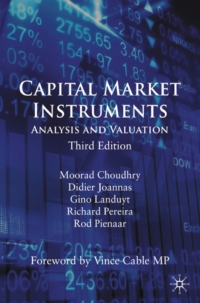Question
Exercise 3.4 (RegressionEmpirical) The data set males contains 545 observations of young working males in the USA with some professional and personal characteristics for the
Exercise 3.4 (RegressionEmpirical) The data set males contains 545 observations of young working males in the USA with some professional and personal characteristics for the year 1987. The following variables are available: logwage natural logarithm of the wage rate per hour (in US$) union dummy variable, 1 if union member mar dummy variable, 1 if married school schooling in years exper experience (in years) black dummy variable, 1 if black hisp dummy variable, 1 if Hispanic We want to explain log wages from the other available variables using the following linear model: 3.43 We assume that all and all explanatory variables are independent and that the are independently distributed with expectation 0 and variance . (a) Compute summary statistics of all variables in the model, and provide a brief interpretation. (b) Estimate the parameters by OLS. Report and interpret the estimation results, including the . Pay attention to economic interpretations as well as statistical significance. (c) Test, on the basis of the results of b., the null hypotheses that being a union member, ceteris paribus, affects a person's expected wage by 5 %. Also test the joint hypothesis that race does not affect wages. In each case, formulate the null and alternative hypotheses, present the test statistic and how you compute it. (d) Consider a more general model than (3.43) that also includes exper . Compare this model with the specification in (3.43) on the basis of (i) , (ii) adjusted , (iii) the AIC, and (iv) a test. What is your conclusion and which method do you prefer? (Note: irrespective of your conclusion, continue your analysis with specification (3.43).) (e) Save the OLS residuals from equation 3.43. Run a regression where you try to explain the residuals from the explanatory variables in equation 3.43. What do you find? Interpret. (f) How would you extend the above model to allow for the possibility that black union members benefit more from union membership than do non-black union members? Estimate this extended model and test the hypothesis. (g) Compute and report White standard errors for your OLS results. Compare them with the routinely computed standard errors. What do you conclude? (Note: this covers material from Chapter 4.) (h) Perform a BreuschPagan test for heteroskedasticity. Assume that the heteroskedasticity may be related to all the explanatory variables in . Interpret the result.
Step by Step Solution
There are 3 Steps involved in it
Step: 1

Get Instant Access to Expert-Tailored Solutions
See step-by-step solutions with expert insights and AI powered tools for academic success
Step: 2

Step: 3

Ace Your Homework with AI
Get the answers you need in no time with our AI-driven, step-by-step assistance
Get Started


